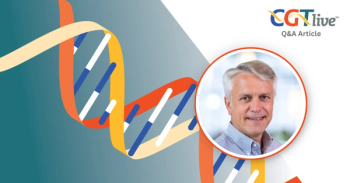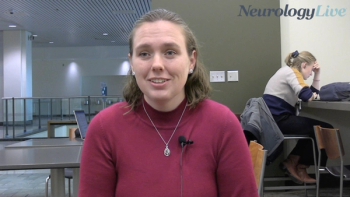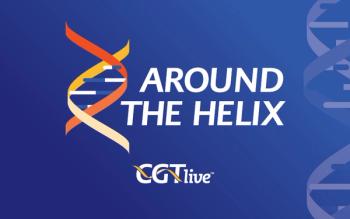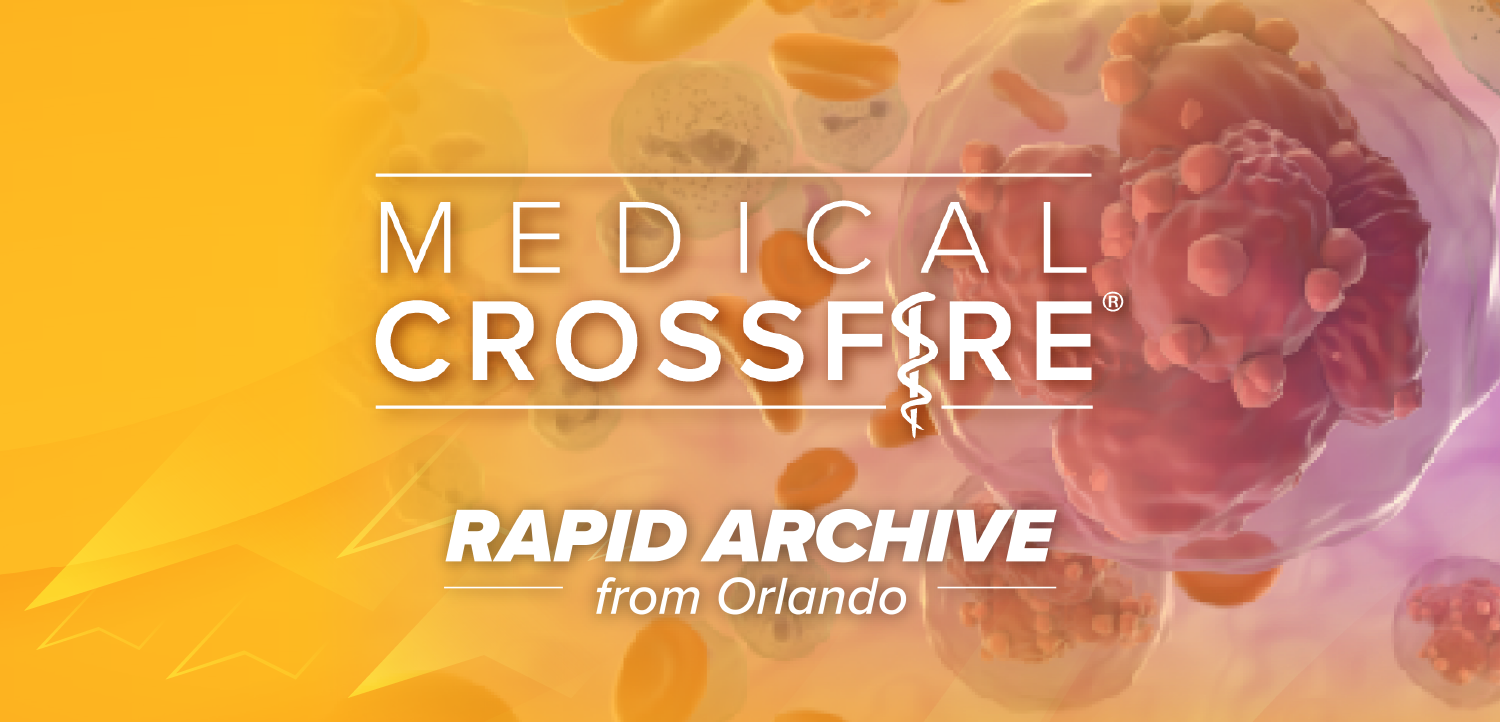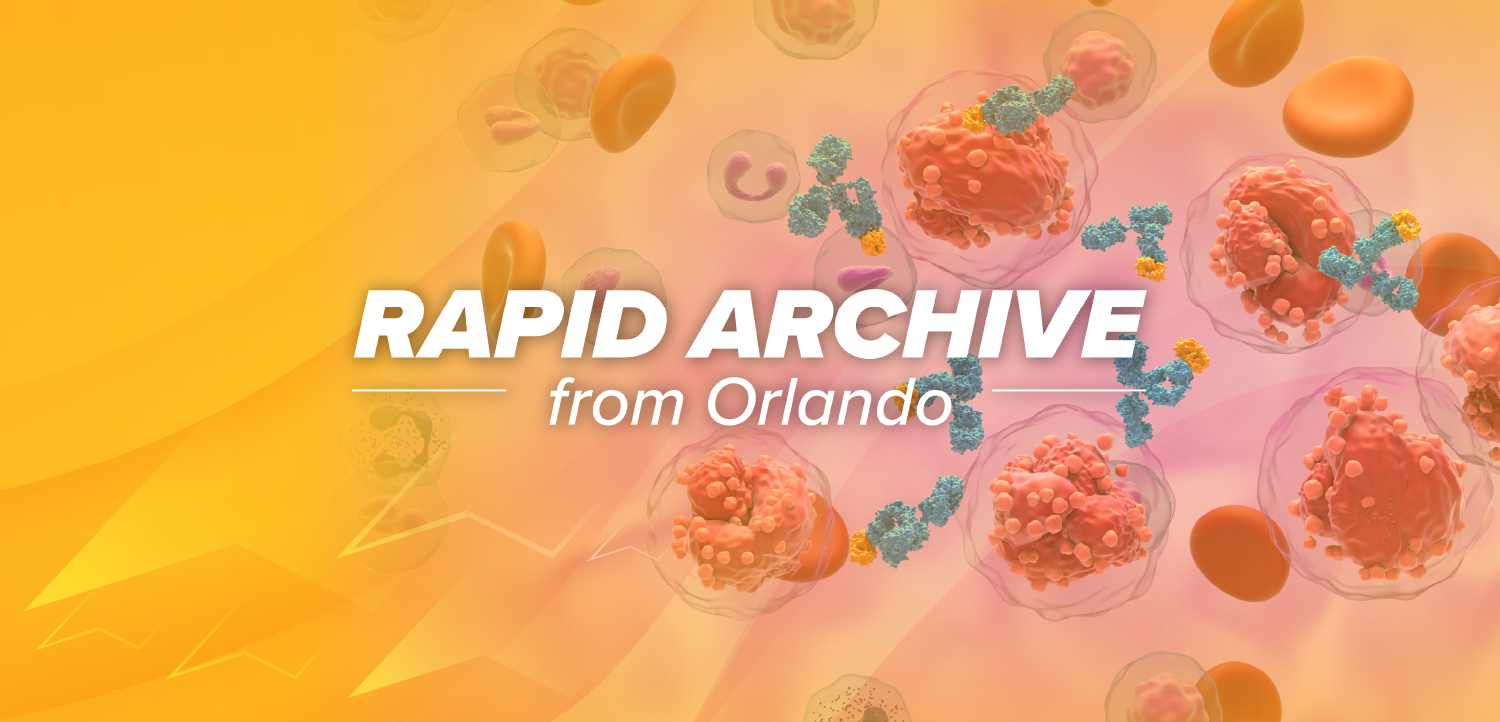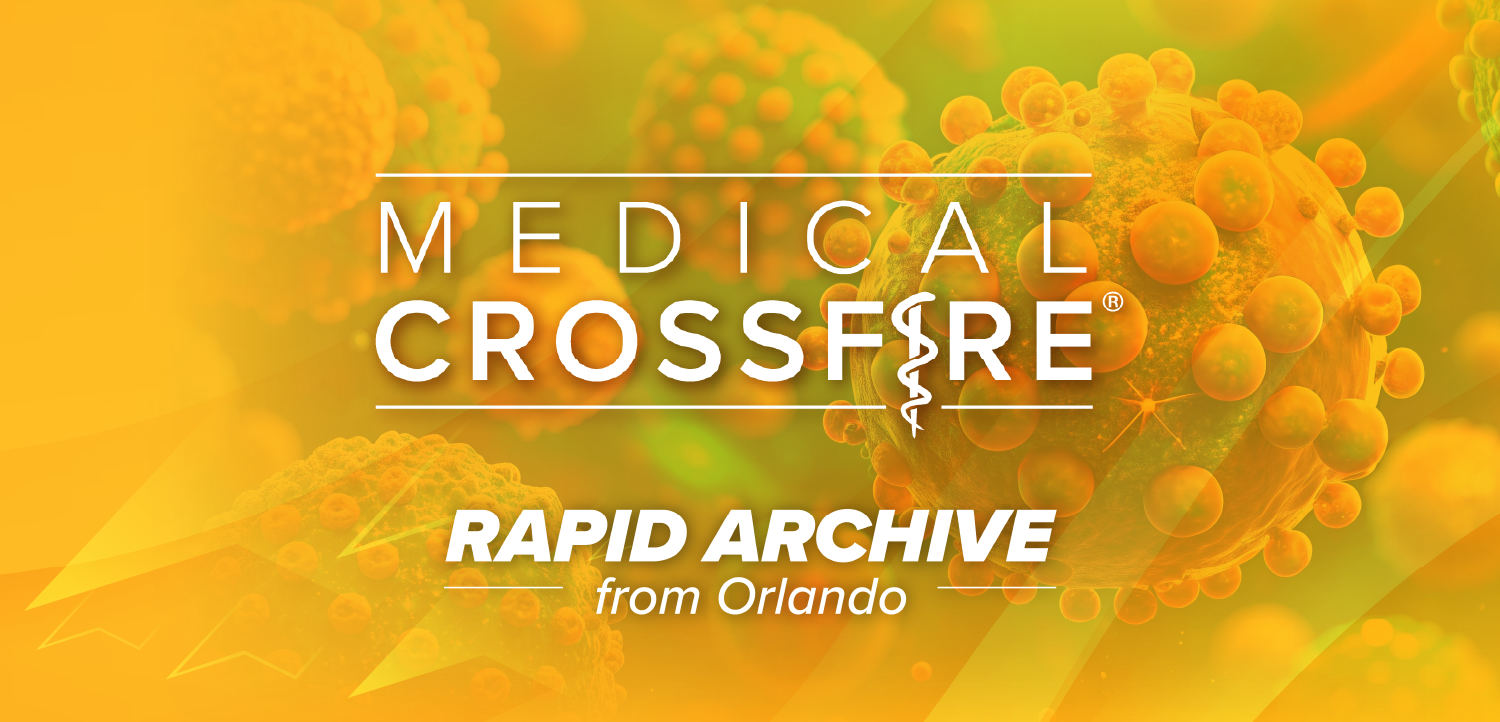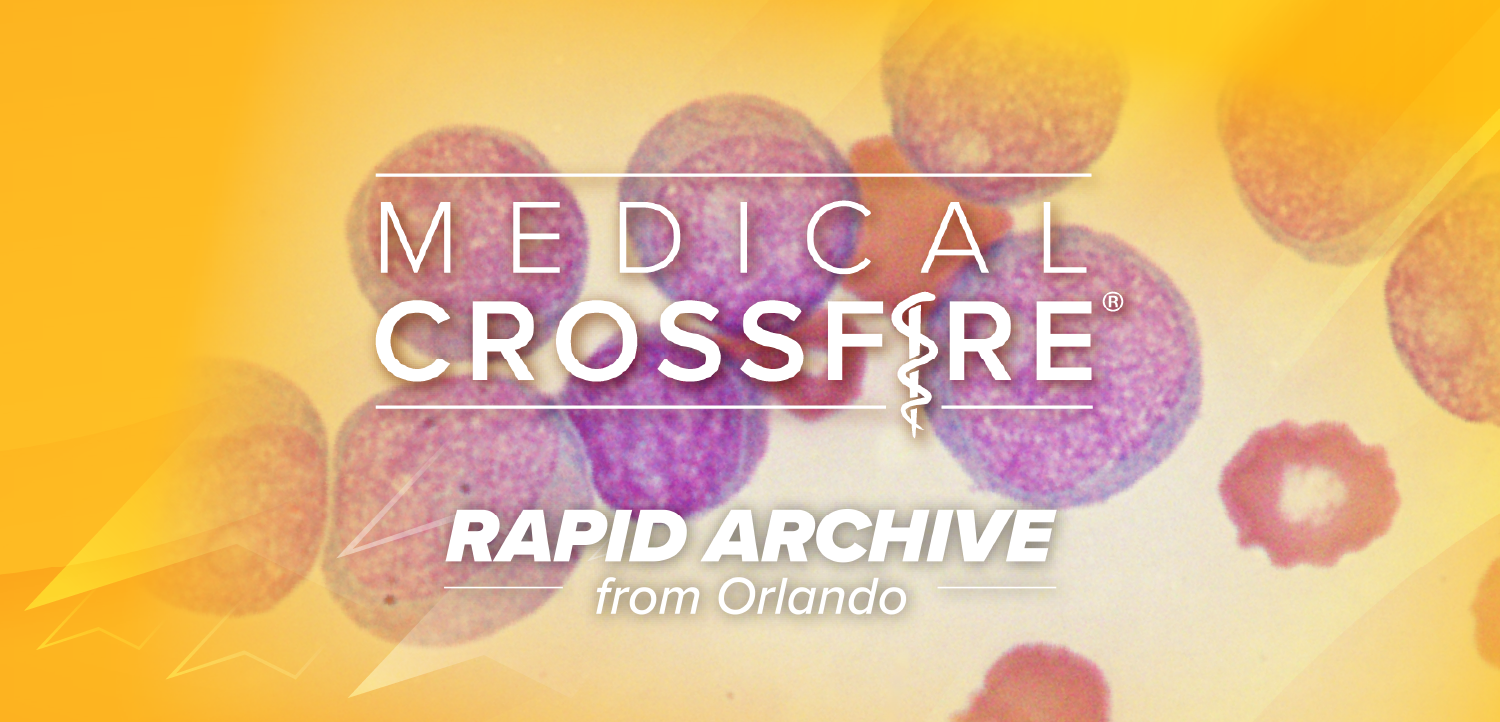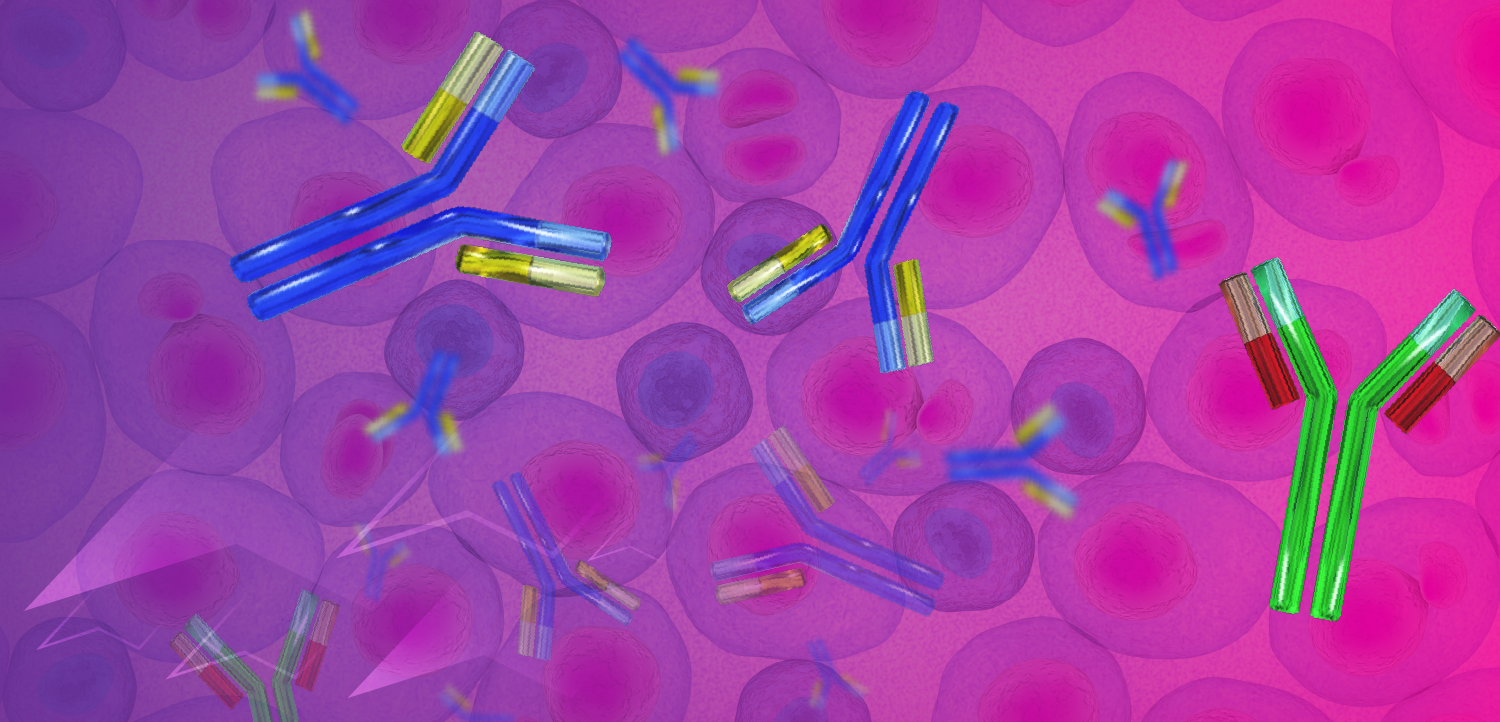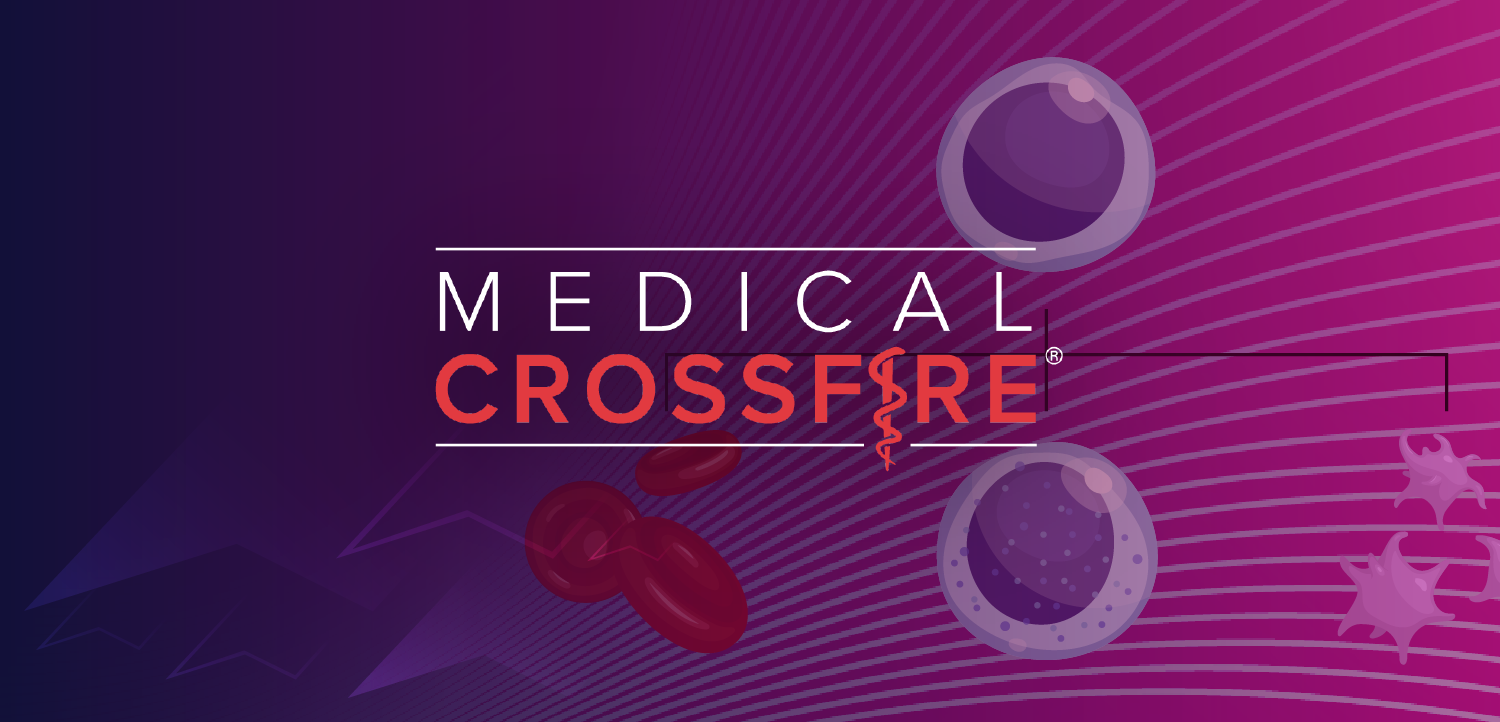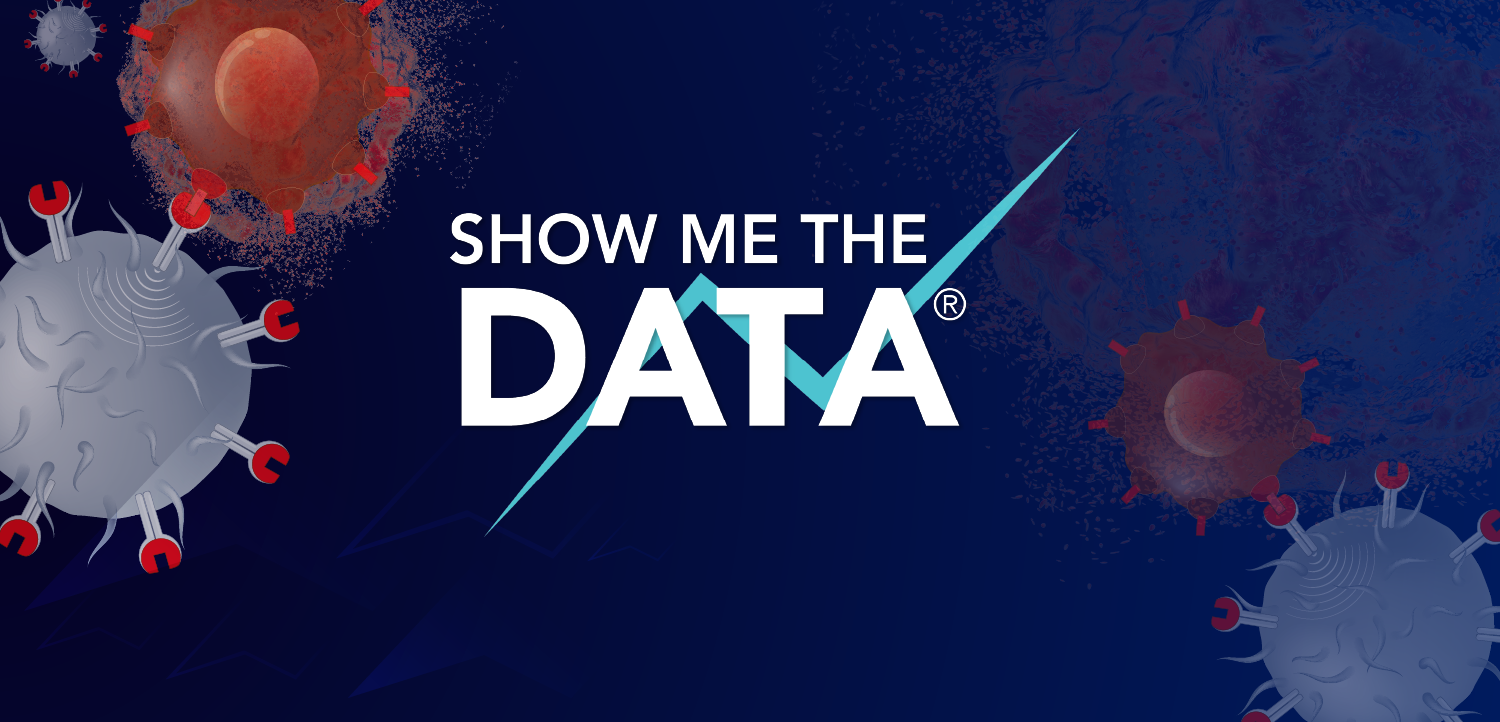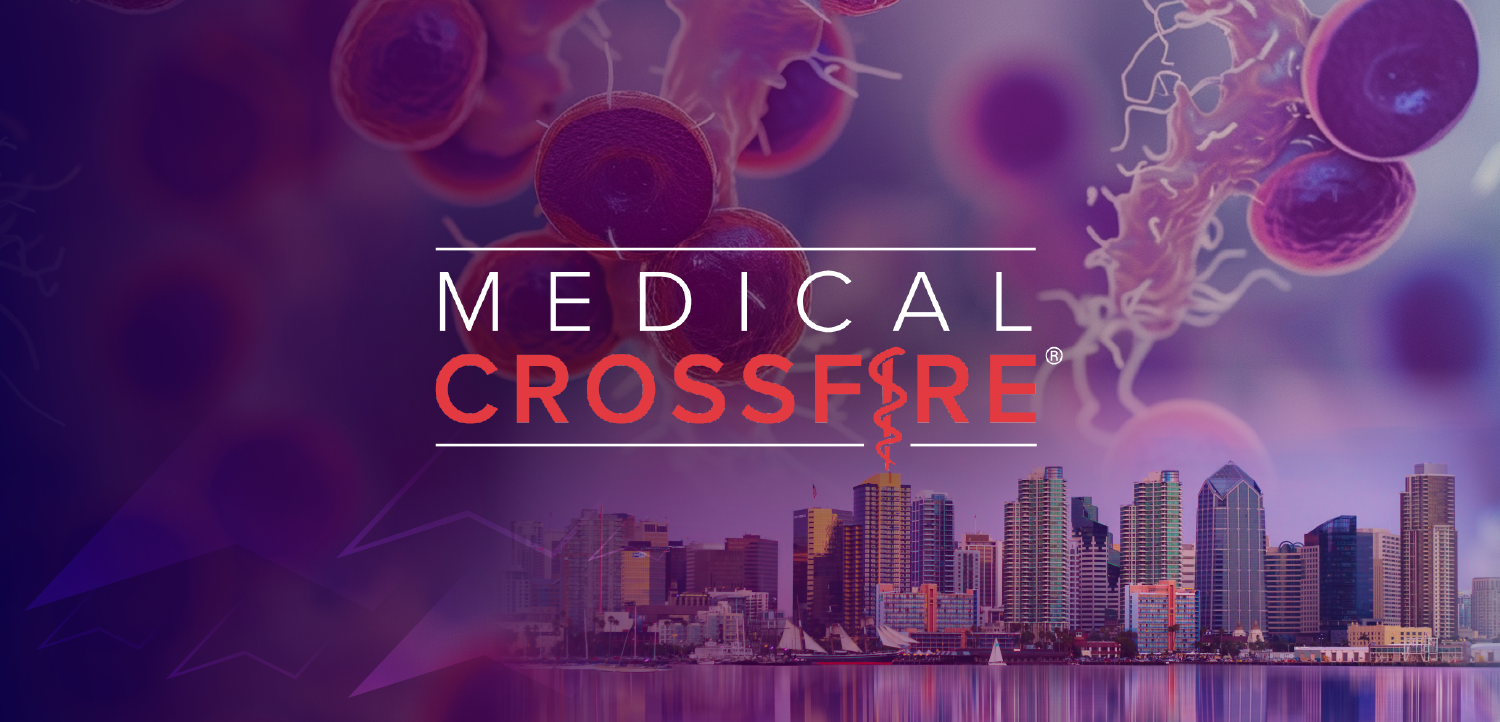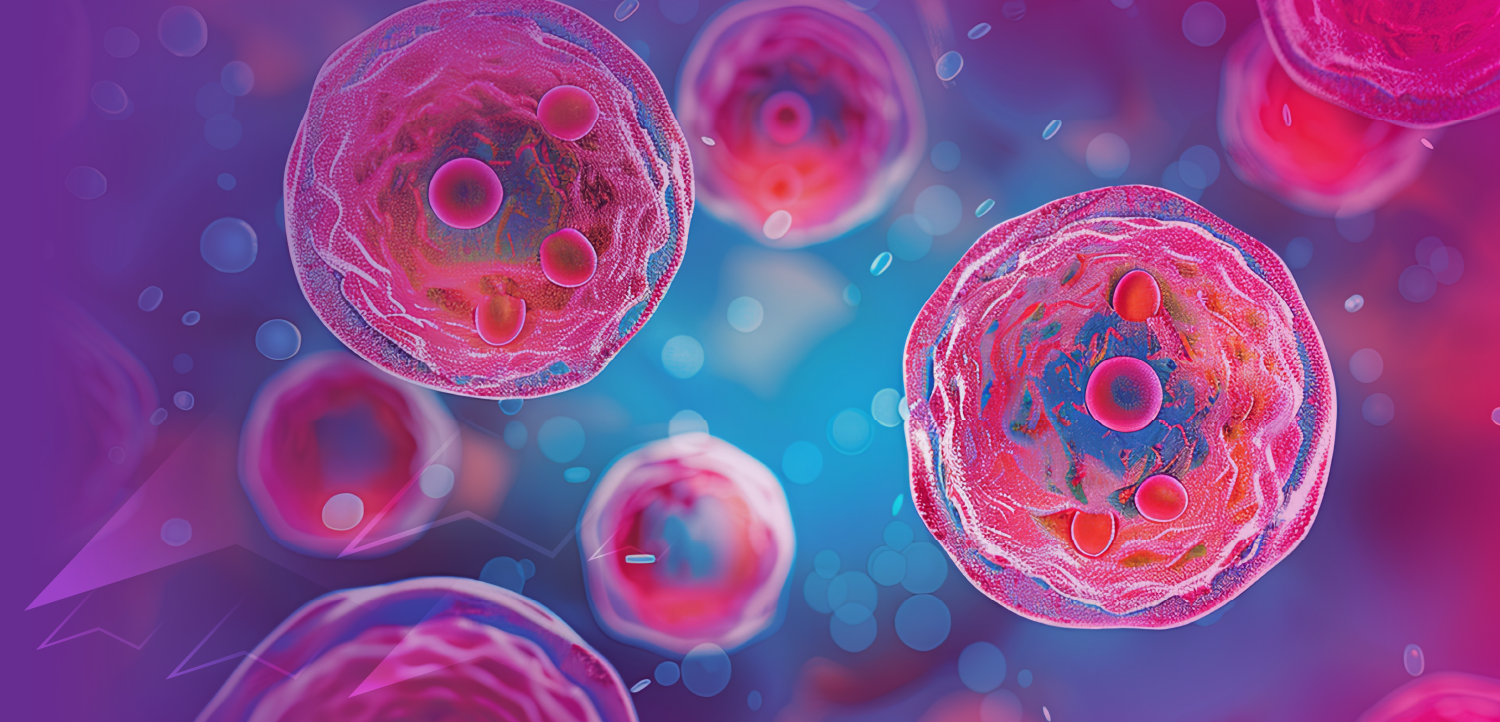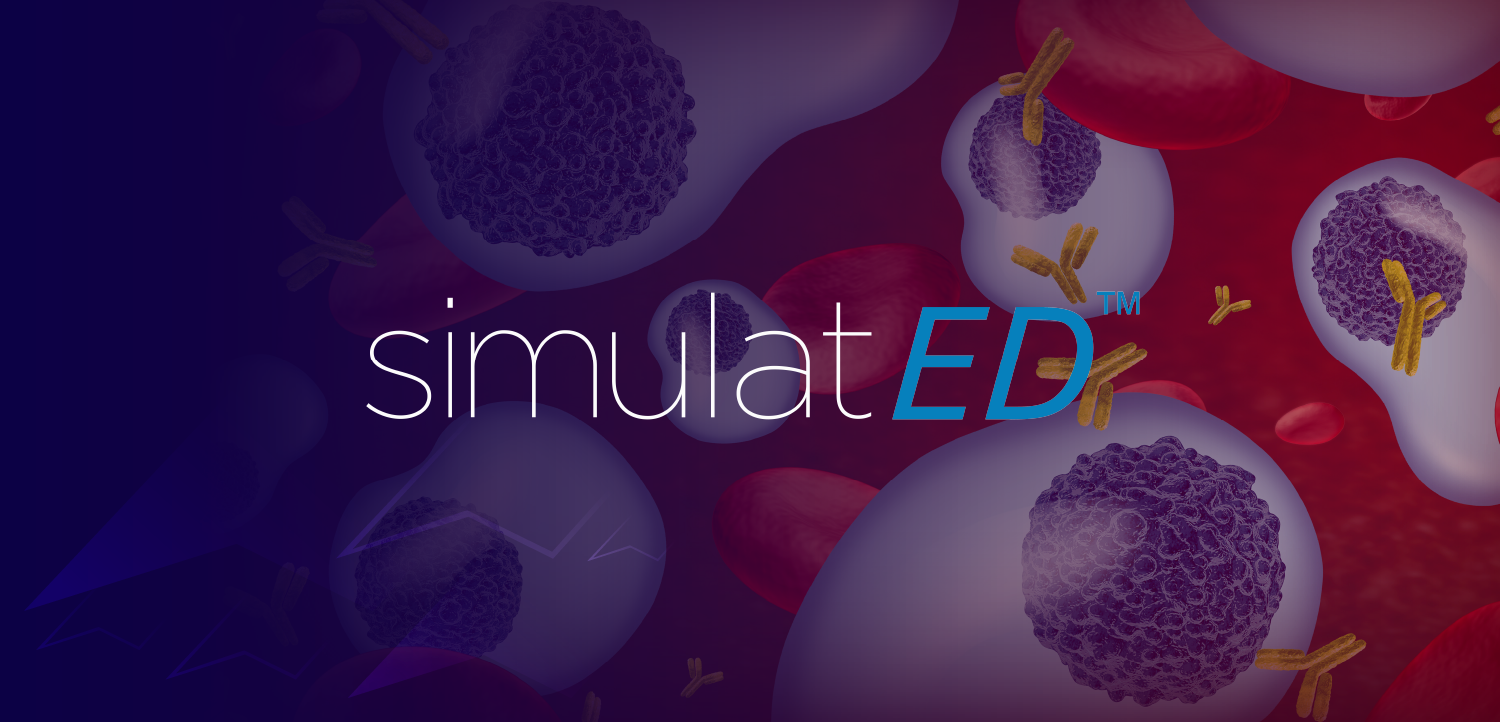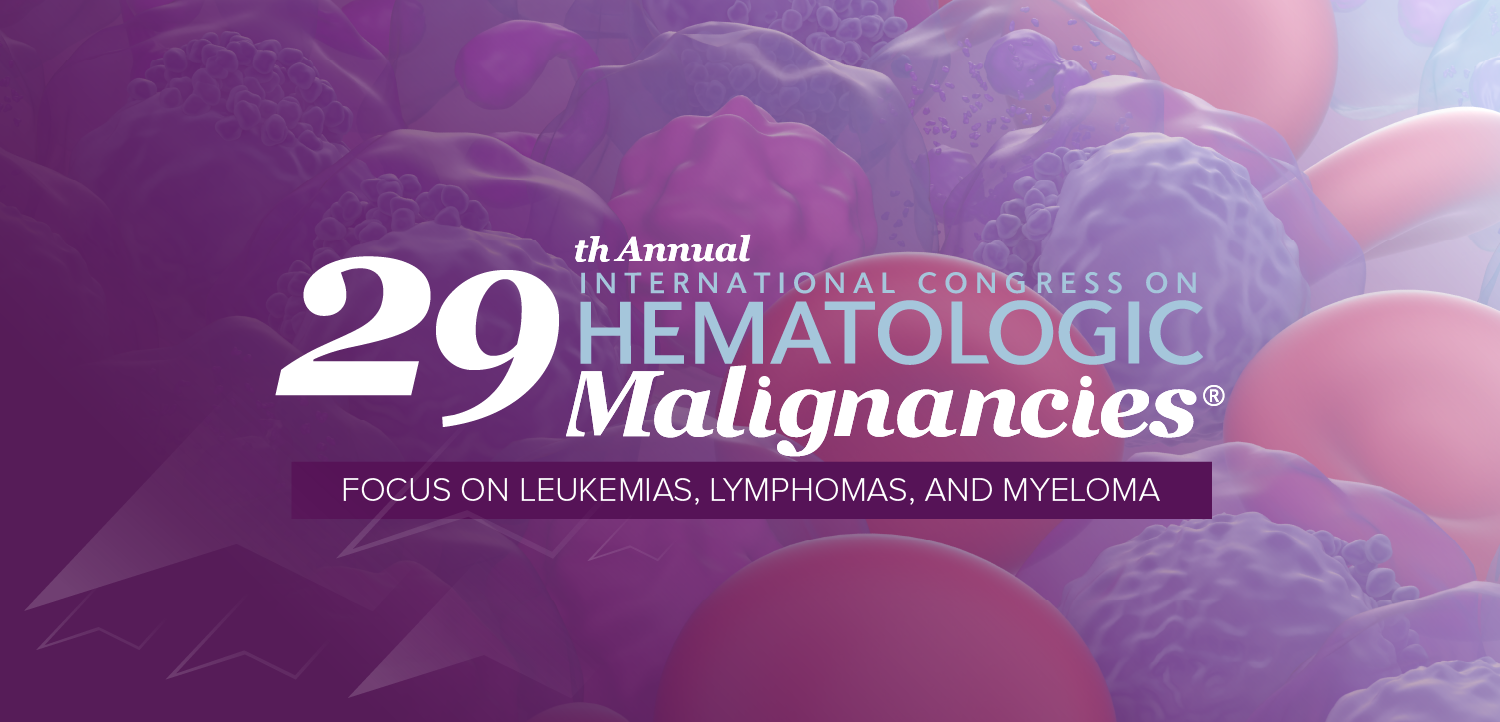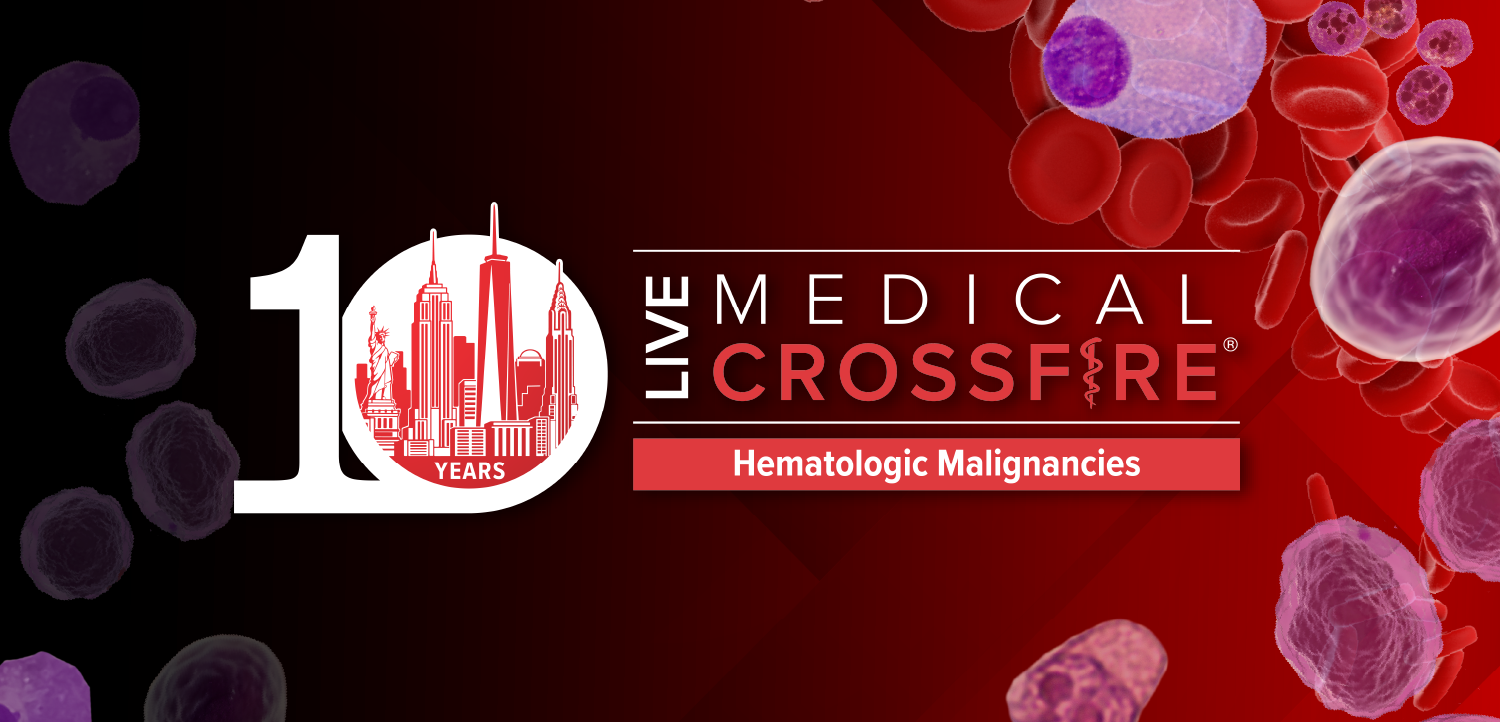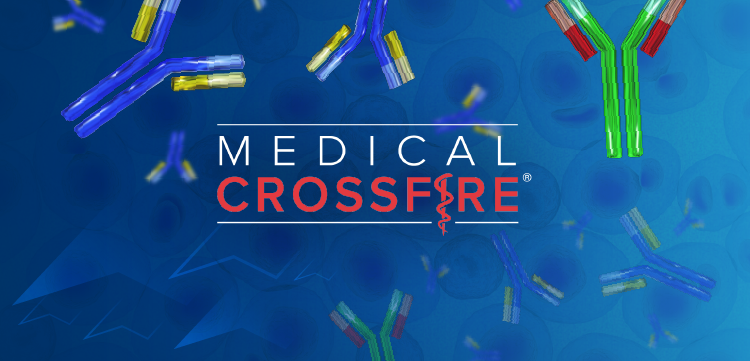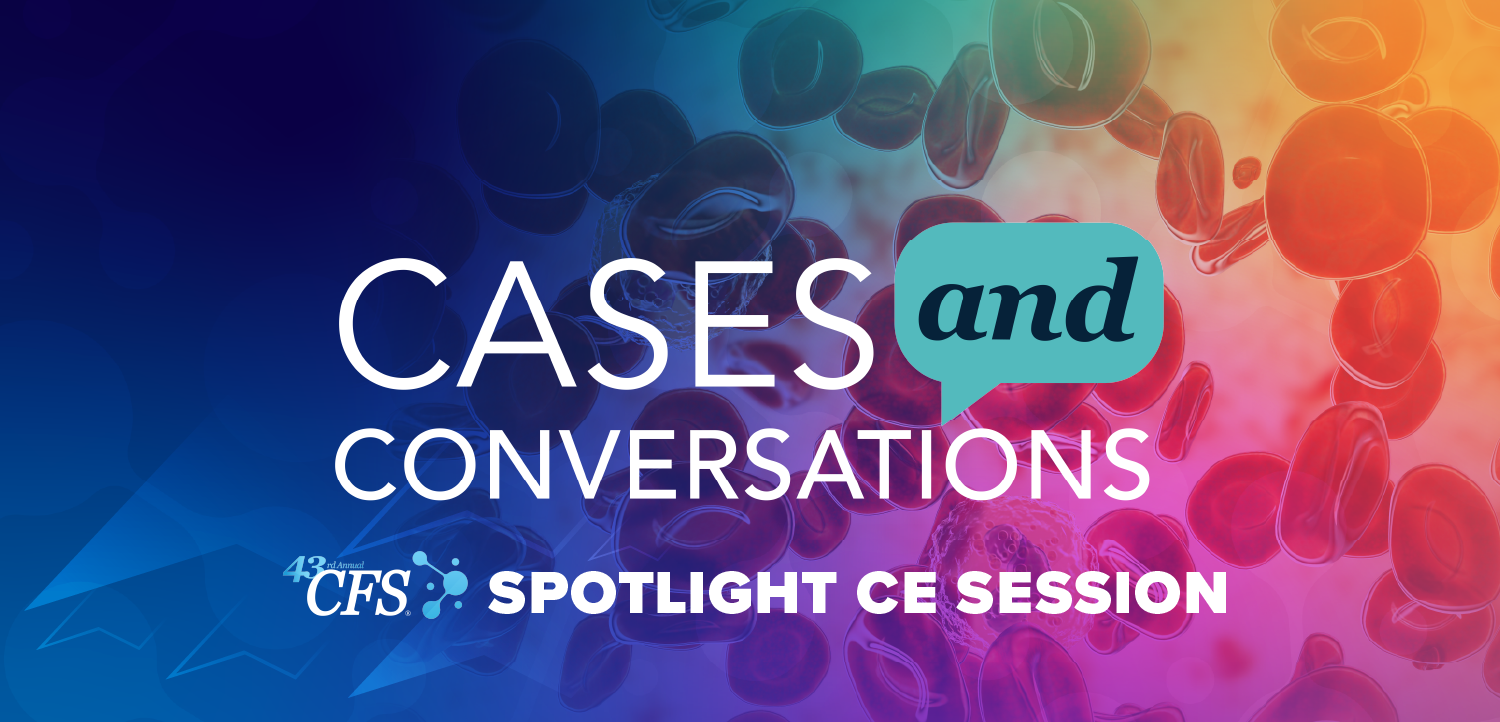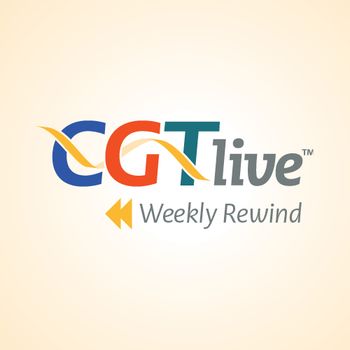
Ben Samelson-Jones, MD, PhD, on Confirming the Safety of Pfizer's Hemophilia B Gene Therapy Beqvez
The associate director of clinical in vivo gene therapy at Children’s Hospital of Philadelphia discussed follow-up data of up to 6 years with investigations of fidanacogene elaparvovec.
This interview originally appeared on our sister site,
“It should be very reassuring that there's nothing unexpected. I think the story of AAV-based gene therapy for hemophilia over the last 3 decades has been surprises. And I think what this is should be reassuring, that there's nothing has popped up that it that is of concern."
Pfizer's fidanacogene elaparvovec (marketed as Beqvez), an adeno-associated virus (AAV) vector-based gene therapy intended to treat hemophilia B, has displayed favorable safety in a new update from the largest dataset with the longest follow-up for the product. Notably, the dataset includes data from a phase 1/2 clinical trial, a long-term follow-up study, and the pivotal phase 3 BENEGENE-2 clinical trial (NCT03861273). Ben Samelson-Jones, MD, PhD, an assistant professor of pediatric hematology at Perelman School of Medicine, University of Pennsylvania, and the associate director of clinical in vivo gene therapy at Children’s Hospital of Philadelphia, presented the new findings from the dataset at the
CGTLive®'s sister site, HCPLive®, saw down with Samelson-Jones at the conference to learn more. He provided an overview of the safety findings, noting 5 serious adverse events (SAEs) of gastrointestinal (GI) ulcers and associated bleeding and anemia that occurred in 2 participants. He pointed out that these SAEs were probably secondary to steroids that were prescribed without gastric protection and emphasized the importance of GI protection during steroid use following gene therapy.
“I think there's been a potential misconception that, using a metric of other new drugs, how rapidly the uptake is, and I don't think it's a good comparison, just because of the logistics of getting everything in place to do this totally new type of medication,” Samelson-Jones added, commenting on the relatively slow uptake of gene therapy for hemophilia in general.
For more coverage of ASH 2024,
REFERENCE
Samelson-Jones B, Frenzel L, Kavakli K, et al. Use of Fidanacogene Elaparvovec, a Gene Therapy Vector, to Deliver a Stable, Fully Functional Human Factor IX Transgene for the Treatment of Hemophilia B: A Combined Analysis of Safety. Presented at: ASH Annual meeting; December 7-10; San Diego, California. Abstract #3577
Newsletter
Stay at the forefront of cutting-edge science with CGT—your direct line to expert insights, breakthrough data, and real-time coverage of the latest advancements in cell and gene therapy.


